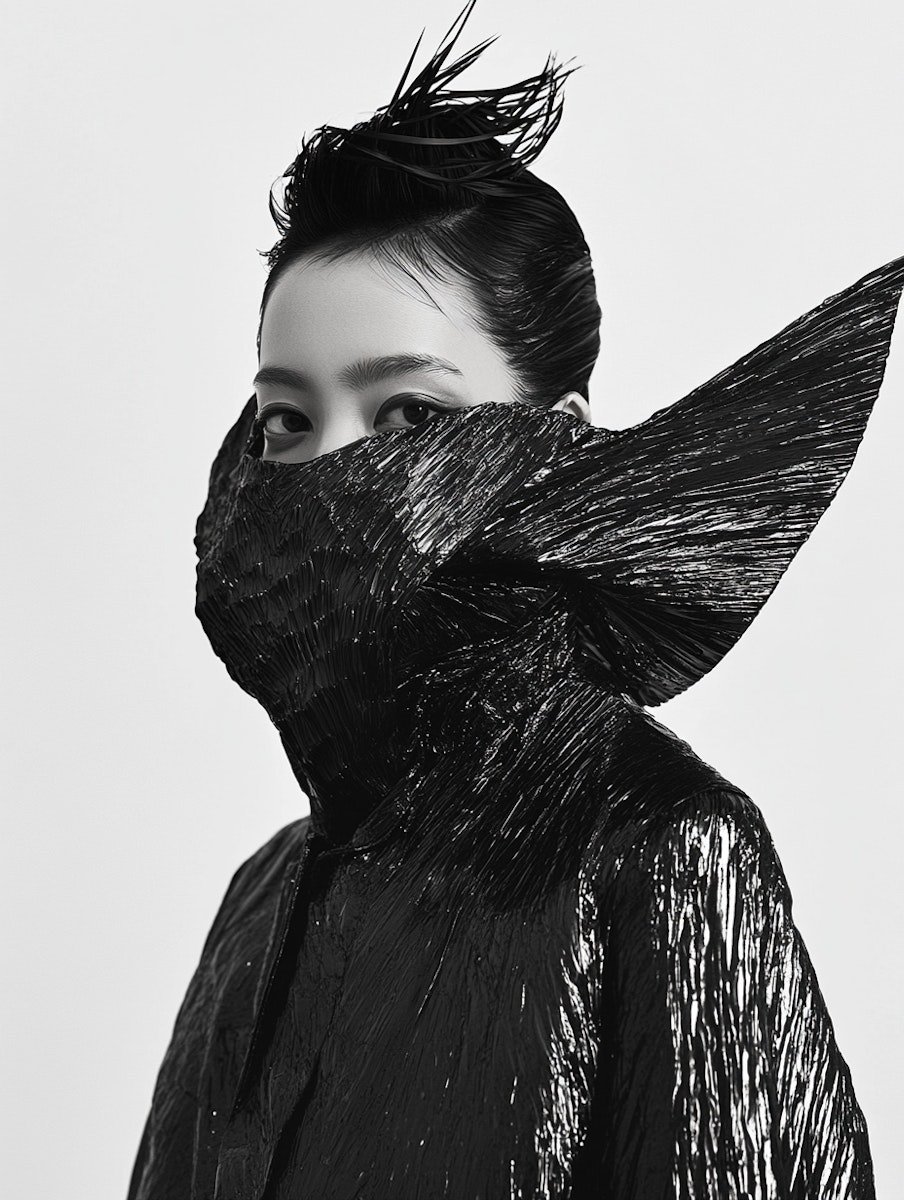When Design Peaks: The Balance Between Beauty and Function
"It's a classic case of form over function."
"It’s all style no substance."
Whenever these phrases are thrown around, they are spoken with a sneer. It’s a way of communicating that whatever’s being discussed is all frills, no function—designed to be beautiful but useless in real life.
Take these floating stairs, for example. They may look sleek and sexy, but I hate them with a passion.
No guardrail to prevent a fall.
Nothing to stop toes from slipping through the gaps.
You can only use them if you’re sober, able-bodied, and in peak condition. What a waste of material!
Example of an impractical and unsafe staircase. Bad design prioritizing form over function.
So, I completely understand why people side-eye things that prioritize aesthetics over usability. If something doesn’t work as it should, no amount of beauty can redeem it.
That said, there IS a place for pure imagination in design. Avant-garde fashion, experimental architecture, conceptual design—these things push thought forward, challenge norms, and experiment with new possibilities.
I’m all for it.
On the runway? Yes.
In a museum? Absolutely.
But in my everyday life? Not so much.
I don’t need impractical design when I’m shopping, having brunch, or navigating a public space. You get the point.
This is avant-garde fashion at play—pushing boundaries through material, form, and concept.
The Sweet Spot: Where form meets function
I refuse to use anything ugly. But I don’t fall for gimmicks. My favorite products, services, and inventions seamlessly combine aesthetics with practicality. This is where design peaks—when something looks as good as it works.
Take the Kindle e-reader. Sleek, durable, and with impressive battery life, it’s designed to keep distractions at bay. The interface is seamless, with adjustable brightness, warmth, font size, and a glare-free screen. A thousand-page book feels weightless. As someone who’s always loved the feel of a paperback, the fact that I never leave home without my Kindle speaks volumes. And the best part? Mine held strong for 13 years before showing any signs of slowing down. Amazing, isn’t it?
Take jewelry, for example. The same balance of form and function applies here. At Club Riante, I aim to source and design pieces that are not only visually striking but also practical. Consider the vintage Monet panther necklace (left) or the Kenneth Jay Lane bib necklace (right). These aren’t just about making a statement—they’re designed to be worn. Both are lightweight, comfortable, and have gold plating that’s stood the test of time. This is the essence of great design: it’s beautiful and built to last, making it something you can truly enjoy for years.
Examples of good design in jewelry: Vintage Monet panther necklace (left) and the Kenneth Jay Lane bib necklace
Good design doesn’t stop at products—it can extend to service as well. This is the balance I strive for in everything I do. I might not always get it right, but I’ll never settle for just one side of the equation. It has to be both.
How this plays out in real life
In Business:
A great product isn’t enough. The way a customer discovers my brand, browses my website, places an order, and receives their purchase—all of that needs to be as seamless and satisfying as the product itself. If returns are a hassle, if the packaging doesn’t reflect the quality of what’s inside, if the shopping experience feels clunky, then I’ve missed the mark.
In Design:
To become a designer, I have to create. Reading, studying, and researching are essential, but real learning comes from doing. Anyone can make something, but to make it well, I must evaluate my work beyond aesthetics. Is it comfortable? Long-lasting? Hypoallergenic? Sustainable? The goal is to find the sweet spot between form and function—where style and substance come together to create something truly remarkable.
Because when design peaks, it’s never a choice between beauty or practicality. It’s both.
I know don’t like to settle for less, and neither should you. If you ever feel we’re falling short of these ideals, let us know. Your feedback challenges us, pushes us forward, and helps us improve.
We’re always open to your ideas, thoughts, and suggestions—so don’t hesitate to share. Together, we’ll keep raising the bar.
What are some of your favorite examples of great design? I’m excited to learn about them!






Bold, timeless, and impossible to ignore—discover 6 vintage gold statement necklaces that turn any outfit into a moment.